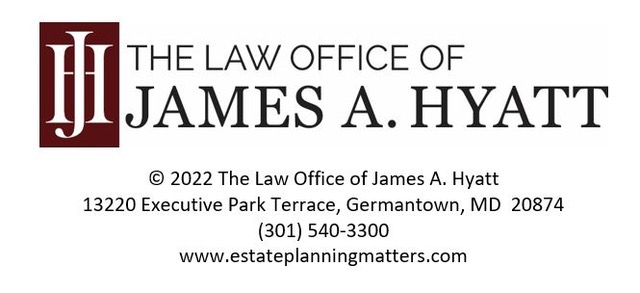The SECURE Act (“Setting Every Community Up for Retirement Enhancement”) was enacted on December 20, 2019 and will significantly affect many of our clients with retirement plans, such as Individual Retirement Accounts (IRAs), 401(k)s, and 403(b)s.
Many clients intended to use their retirement plans as vehicles to transfer inheritance to the next generation and provide their children or grandchildren with a steady flow of income throughout the beneficiary’s life by required minimum distribution payouts, thereby deferring income tax payments on the entire value of the retirement account. This is considered the “stretch out” or life expectancy payout. The SECURE Act has limited the ability to stretch out the payments of retirement plans to certain eligible designated beneficiaries (generally spouses, minor children and persons with disabilities or a chronic illness). Most beneficiaries (and trusts) will have to take distributions and pay the income taxes on their entire share of the retirement account within 10 years.
Several of our clients have contacted us about how this new law may impact their estate plan. While there is no “one-size-fits-all” answer to that question, we can suggest that you ask yourself the following questions and if you answered “yes” to any of them, you should call our office to schedule an appointment to review your estate planning documents:
- Do you have a trust as part of your estate plan?
- Do you have a significant amount in retirement accounts (IRAs, 401k, etc…)?
- Have you named a trust as a primary or contingent beneficiary of a retirement account?
- Are you worried about how your estate plan might be affected by the SECURE Act?
Many trusts that are named as the beneficiary of a retirement plan were drafted with so-called “conduit trust” provisions which were intended to assist in obtaining the life expectancy payout. Such trusts require the Trustee to distribute the minimum required distribution amount directly to the beneficiary, no matter the circumstances. For such trusts, it was usually contemplated that the Trustee would only withdraw the minimum, and that such amount would be relatively small. This would enable the Trustee to retain the bulk of the funds in the trust, subject to the Trustee’s discretion to determine how much of those funds should be distributed to the beneficiary, and how much should be retained in the trust. Since the “minimum” amount for most beneficiaries will now amount to the entire account in year 10, this may be inconsistent with the original objective of protecting the trust beneficiary.
From another standpoint, it may be that due to the added complexity of naming a trust as beneficiary you may have opted for naming your child directly as beneficiary, as opposed to your revocable Living Trust. Since it now does not typically matter, for purposes of avoiding or delaying the income tax, whether the trust or the individual beneficiary is designated, it may be preferable to name the trust in order to provide protection from a divorce, lawsuit or bankruptcy. Naming the trust would also have the benefit of making sure that your wishes for what would happen with the account upon the death of the beneficiary will be achieved.
The bottom line is that the SECURE Act casts these decisions in a new light, and may require a re-evaluation of the best approach to retirement account beneficiary designations, which is often one of the most important aspects of any estate plan.







